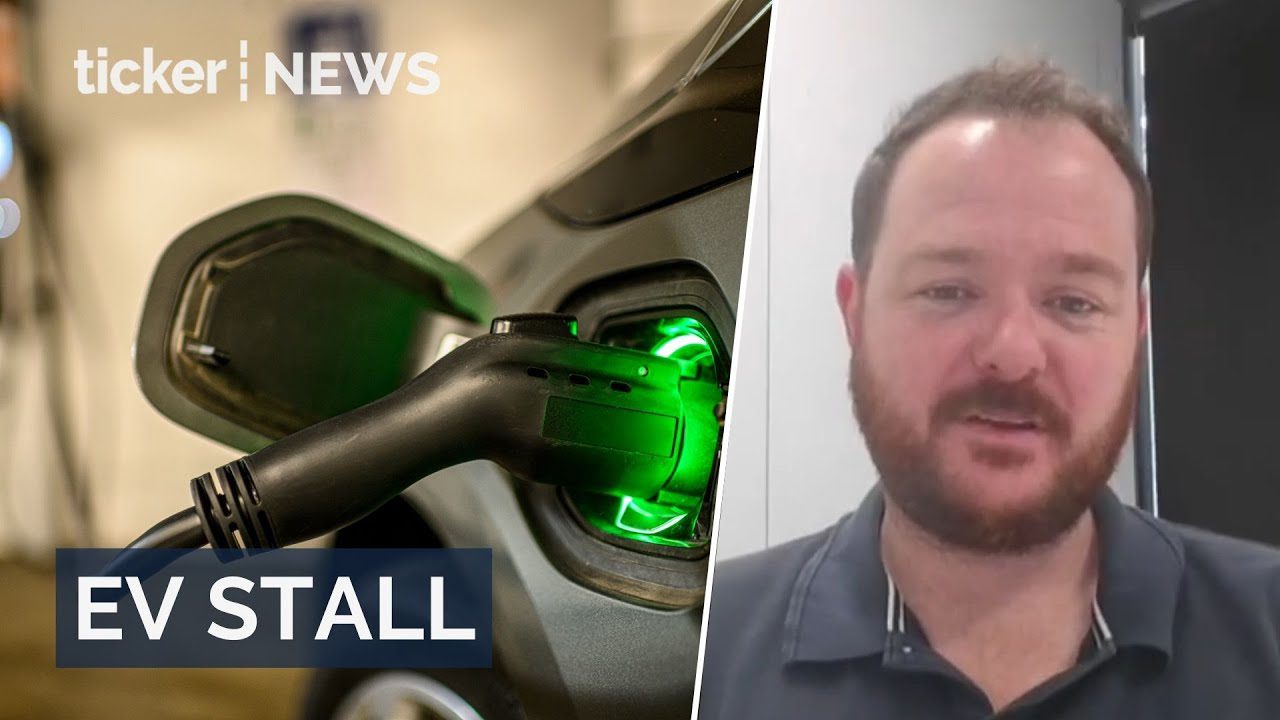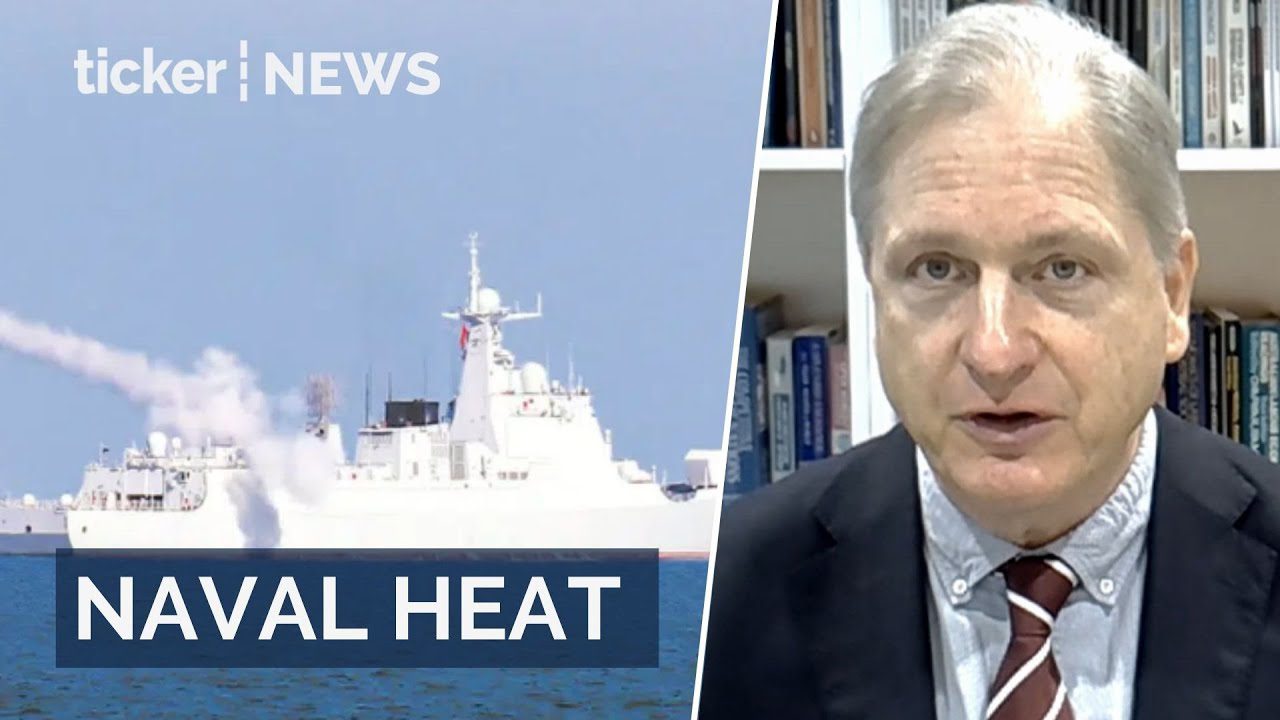Stylistically Fawlty Towers is a farce, which is a genre of comedy built around a series of increasingly absurd, exaggerated and improbable situations.
Sitcom wise, the last great farce was Frasier. But despite the extraordinary stage farce Noises Off being revived for a 40th-anniversary production, rebooting Fawlty Towers as a farce in the 21st century would be a mistake.
That’s because, as a form, the farce has been eclipsed by comedy drama (aka “dramedy”).
Fawlty Towers was released at a time when farce was a dominant cultural form – joined, for example, by Bedroom Farce by Alan Ayckbourn (National Theatre, London 1975) and the works of Ray Cooney. Farces are powered by a lie that gets out of control, the comedy driven by the increasingly desperate attempts of the protagonist to keep the lie going and all the chaos and absurdity this causes.
In a Fawlty Towers plot, for instance, Basil tells an initial lie to get out of a tight spot, then is forced into more and more convoluted lies in order to sustain the original lie, until it all becomes too convoluted and comes crashing down.
In classic stage farces, you’ll often find a lover hiding in a wardrobe of a hotel bedroom. In a nod to this kind of bedroom farce, in the “Kipper and the Corpse” episode of Fawlty Towers, Basil – along with a reluctant waiter Manuel and maid Polly – have carried the deceased guest Mr Leeman’s body out of his room whereupon resident guest Miss Tibbs sees the corpse and becomes hysterical.
On Basil’s urging, Polly slaps her to bring her to her senses but applies too much force and knocks her out cold. In a panic, they manhandle both the unconscious Miss Tibbs and the corpse into a nearby empty bedroom and hide them in the wardrobe. At which point – like the unfaithful wife’s husband – the couple who are staying in the room return and, of course, want to get something from their wardrobe.
Having an unconscious pensioner and a dead body inside is certainly upping the ante on the classic lover “hiding in the wardrobe” scenario.
If the show returned in the form of a farce, it would feel chronically dated alongside today’s best comedies that are a heady mix of comedy and drama. A case in point is the celebrated White Lotus, itself set in a hotel but with a class of guest that Basil could only dream of.
Comedy dramas have all the gloss of big-budget dramas and tackle darker and deeper subjects within their comedic frame than the traditional TV sitcom ever could.
The first season of White Lotus, in a pleasing echo of Basil Fawlty, has hotelier Armond, a tall moustachioed volcano of emotion covered up by a supercilious exterior. Armond, however, goes in directions Basil never would. He’s gay and a recovering addict, who falls spectacularly off the wagon and runs amok – leading to a death with more gravity and consequences than the demise of Mr Leeman.
But like Fawlty Towers, at the heart of the comedy, are lies that spiral out of control. For example, Armond claims to not have found a lost rucksack belonging to two young guests because this bag is his supply of drugs. Armond also continuously lies to cover up his incorrect booking of a room – a lie that spirals spectacularly out of control collides with his drug taking and leads to a grisly finish.
While the style and subject matter changes, the fundamentals of comedy remain the same. So it’s not that the new Basil shouldn’t be a chronic liar losing control of his falsehoods, but rather that stylistically the revival would be better off being in the dramedy mode, like White Lotus. This also opens up the show to the delicious possibility of a much darker and wilder Basil Fawlty.
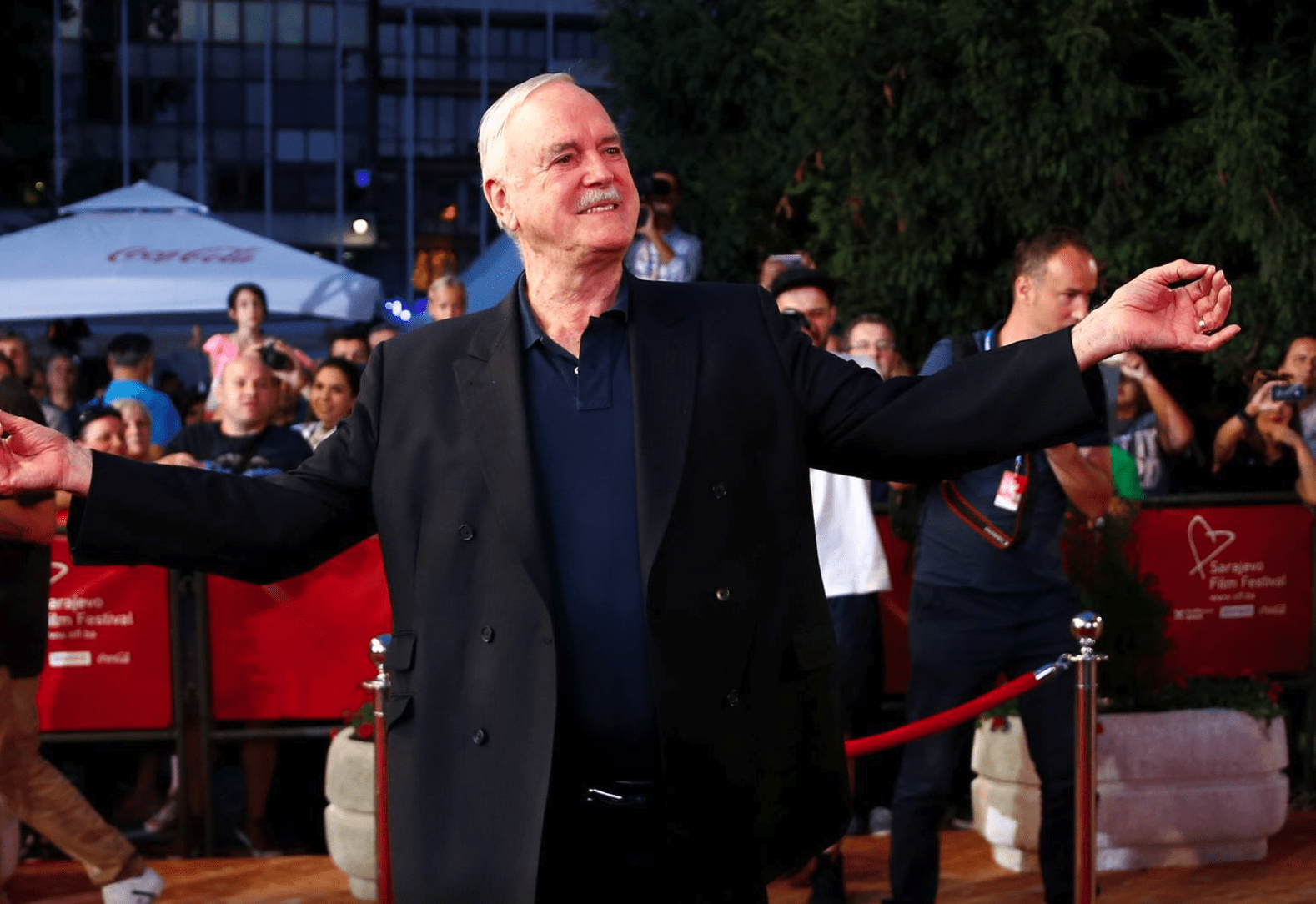



 News4 days ago
News4 days ago
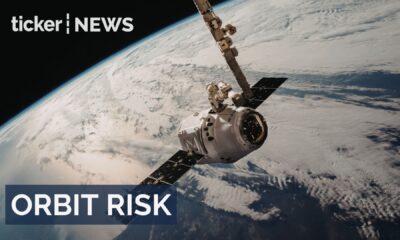

 Ticker Views5 days ago
Ticker Views5 days ago


 News4 days ago
News4 days ago
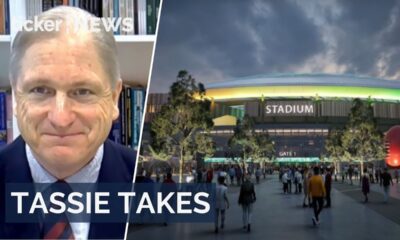

 News4 days ago
News4 days ago
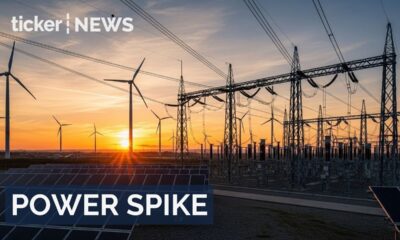

 News5 days ago
News5 days ago


 Shows3 days ago
Shows3 days ago


 News5 days ago
News5 days ago


 Leaders3 days ago
Leaders3 days ago


